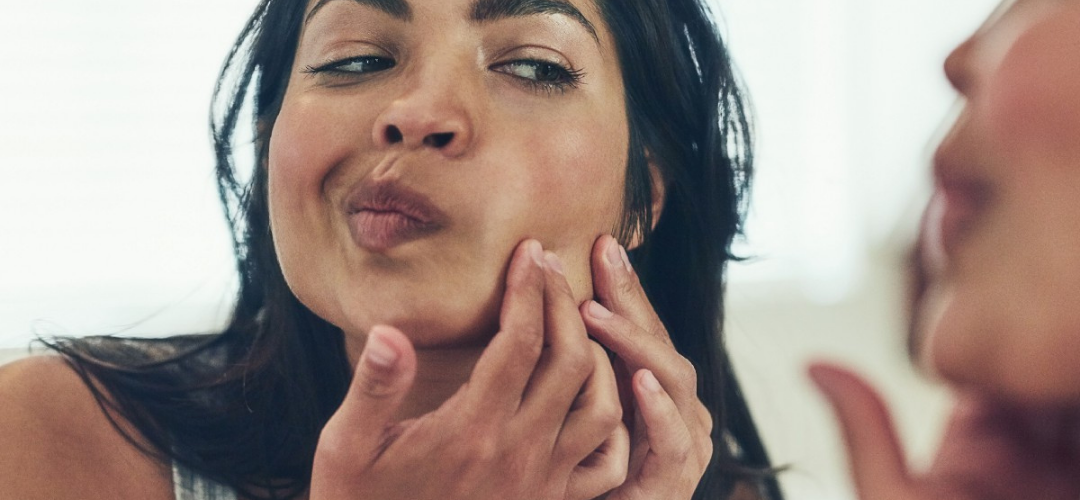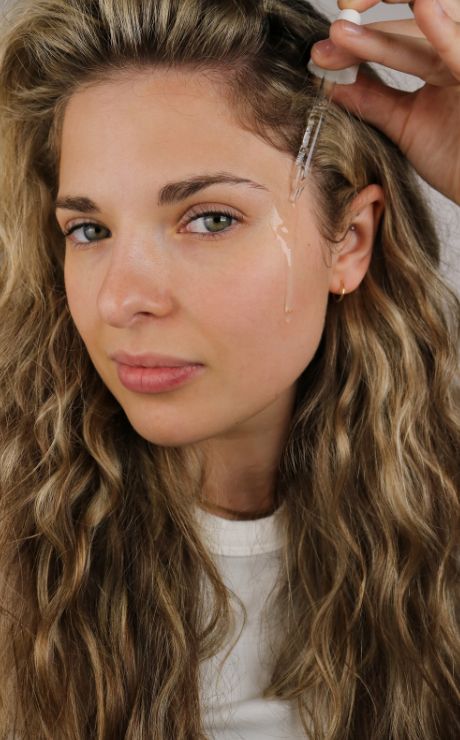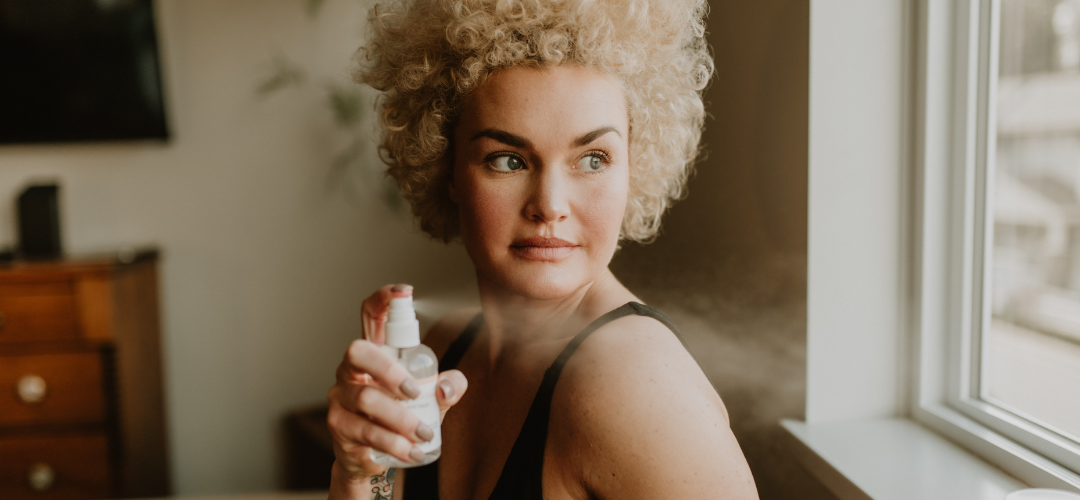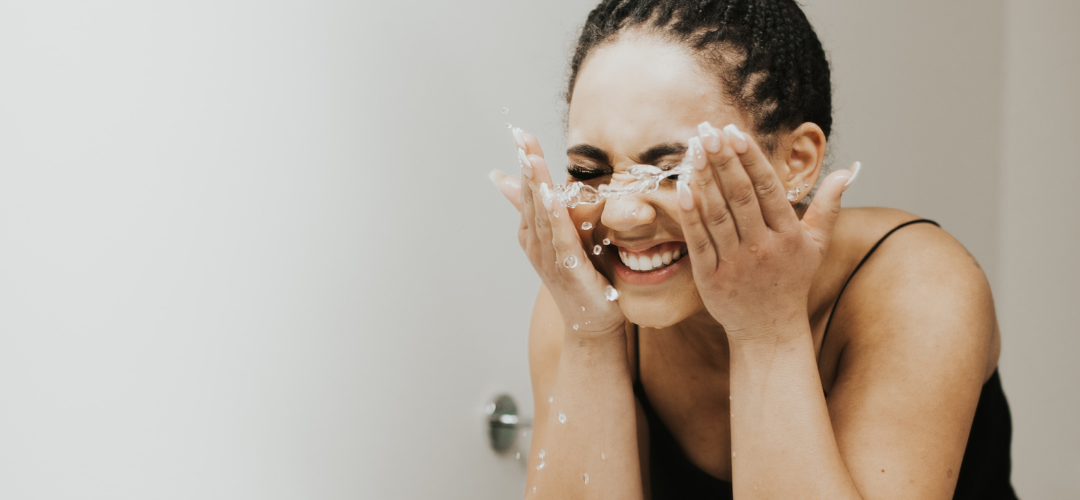
The Purge
We need to talk about the purge. No, not the dystopian horror film, although I would argue that it can sound just as scary. We’re talking about the skin version of “purging” experienced by beauty enthusiasts everywhere, and how to get through it. We’re all in this together, after all.
If you don’t know, now you know: What the heck is purging? We’re glad you asked. The outcome of purging is a short-lived, temporary reaction created from starting a new product with active ingredients that increase cell turnover. Think of products like retinoids and BHA/AHA’s! Essentially, as skin cell turnover speeds up, the skin starts shedding dead skin cells faster than normal. The end goal? To expose the fresh skin cells underneath and reveal clearer, younger-looking skin.
But as the saying goes: “good things are worth waiting for”.
Before these new, healthy cells can cycle to the surface, some other stuff has to rise to the top first, like the excess sebum, flakes, and buildup that clog pores (aka, all the makings of a pimple or two... or 10). This is what’s not so glamorously known as “skin purging.” As the surface layer of skin is shed more quickly, our skin is expediting its recovery and pushing everything to the surface. It may look different from person to person, though purging skin often presents itself in black heads, white heads, or small bumps underneath the skin!
So, what should you do if your skin is purging?
Back to basics babe. For the next couple of weeks, opt for a gentle skin care routine that won’t further inflame or irritate the skin. These are your core products like our truly cleanser & moisturizing face cream. And, of course, the retinoid or exfoliator that’s putting you through the purge in the first place. It might be tempting to stop using the retinoid or other active ingredient all together - but resist the urge and let it purge. This is the short term “it gets worse before it gets better” phase, and you will be out of it in no time.
How to tell if it’s purging or a breakout:
There’s a difference between purging and having a bad reaction to a new topical
product. The former is a necessary evil. The latter is... well, unnecessary. Purging will occur in a more defined area where you frequently breakout. In other words: If you’re prone to cysts around your jawline or occasional flaking under your nostrils, purging will take it to the max. There’s one good thing about purge pimples, though: Pimples that arise from purging will appear and disappear faster than a ‘normal’ pimple. (Silver linings!!)
"Don’t worry mom, it’s just a phase"
Your skin might be throwing temper tantrums left and right, but you’re already on the ups. Since purging occurs when an ingredient attempts to speed up the skin’s natural pace of shedding and renewal, it should only take one full skin cycle to get through the worst of it. This can take as short as about a week or two, up to the 28-day shed cycle of the skin. Everyone’s skin is unique, so that time frame can differ from person to person.
Can you avoid the purge?
You can help minimize the effects of purging in a few different ways, and many users won’t experience any breakouts at all! Since your skin is now shedding cells at a faster rate, leave your exfoliants on the counter for the time being. Over exfoliation of the skin during this time can further dry out the surface and stress the skin into inflammation. The “ease in” method of starting retinoid-based products is a great way to minimize the effects of purging! So, in the first week, apply the product once, or twice a week. Your second week increase its usage, until you gradually work your way up to daily or post daily use! This method helps your skin adjust to the product slow enough to climatize the skin without a spectacle.
Clear, youthful skin is hiding right underneath the surface, great things are coming. You got this.




Leave a comment
This site is protected by hCaptcha and the hCaptcha Privacy Policy and Terms of Service apply.